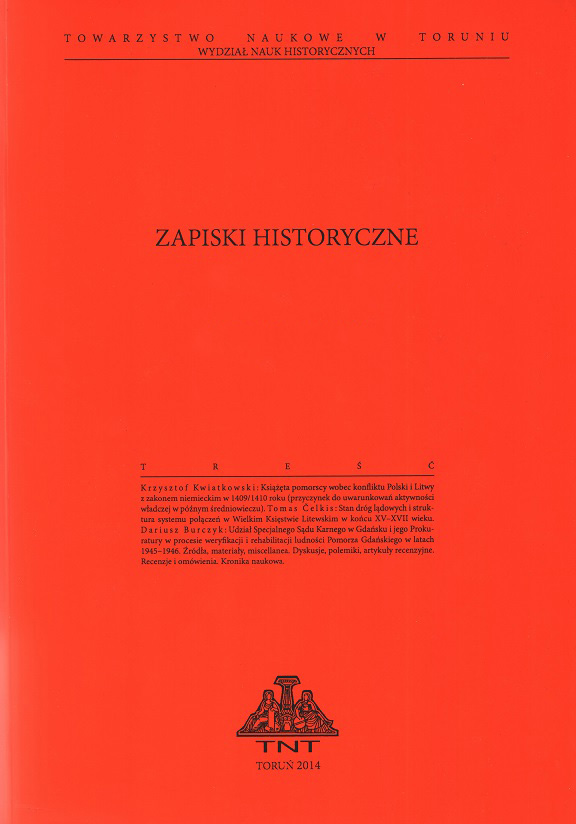The Representation of Selected Silesian Cities in the 15th–17th Centuries
The Representation of Selected Silesian Cities in the 15th–17th Centuries
Author(s): Rafał EysymonttSubject(s): Cultural history, Architecture, 15th Century, 16th Century, 17th Century, Sociology of Art
Published by: Towarzystwo Naukowe w Toruniu
Keywords: urban planning;city iconography;history of architecture;urban laudation;
Summary/Abstract: The representation of Silesian cities during the late Middle Ages and early modern times combines illustrative and textual elements. Both of these elements are subject to certain rules typical of the poetics of the so-called laudation. The representation (imagery) of each of the analyzed cities (the analysis in this case concerns mainly the capital of Lower Silesia – Wrocław) has a corona muralis, along with significant dominant profiles, which are naturally the church towers and the town hall. The towers of Nysa in the image of Hartmann Schedel are associated with the idea of Flemish belfries. Since the time of Hartmann Schedel’s Chronicle of 1493 the vedutas have also been provided with a commentary, fulfilling the functions of a classical laudation that praises the city’s good natural location, the beautiful shape and power of its founder. The image and text from Hartmann Schedel’s Chronicle may be compared with the famous description of the city of Wroclaw by Barthel Stein of 1512. The least-known, if one of the oldest, image of Wroclaw is the panorama with John of Capistrano in the background of 1503; it refers to the view from Weltchronik of 1493 only to some extent, though presenting a more symbolic, sacred character. On the other hand, the picture of Wrocław made in 1537 during the trip of the Palatine Ottheinrich from Neuburg on the Danube to Cracow is more impressive, although symbolic elements also appear here. The view of the city of 1562 should be described as a picture of the ideal town, made for specific political reasons. In turn, the first measurement plan of Wroclaw by Frederick Groβ of 1579 and the view of Wroclaw from the volume of Braun and Hogenberg of 1572–1618 should be considered the typical Renaissance plan of the consciously inventory-like character. The plan of Frederick Groβ expresses the idea of the modularity of the city consisting of sacral buildings and rectangular building blocks. It can be compared with Legnica’s plans from the beginning of the 18th century. The text of Braun and Hogenberg’s volume can be regarded as an early example of comparative urban planning. The veduta of Lwówek, created in the 17th century, should be considered to be close to the medieval paintings of a perfectly protected city.
Journal: Zapiski Historyczne
- Issue Year: 83/2018
- Issue No: 4
- Page Range: 49-75
- Page Count: 27
- Language: English

